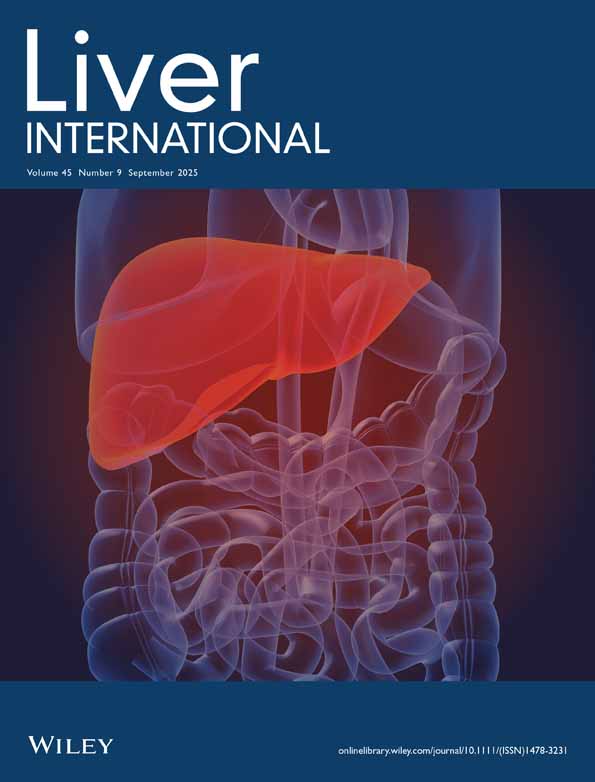Sequential occurrence of primary sclerosing cholangitis and autoimmune hepatitis type III in a patient with ulcerative colitis: a follow up study over 14 years
Abstract
Abstract: In 1983, a female patient born in 1963 presented with symptoms of ulcerative colitis and typical clinical and histological signs of primary sclerosing cholangitis (PSC). At this time only pANCA were positive while other marker antibodies for autoimmune liver disorders could not be detected. In summer 1987 the clinical picture changed and was replaced by laboratory and histological signs typical of autoimmune hepatitis (AIH). Thus, IgG levels increased considerably and cholestatic enzymes became normal. For the first time, anti-liver-pancreas antibodies (LP), a diagnostic marker for AIH type III could be detected. In the following years several relapses occurred also induced by repeated discontinuation of immunosuppressive therapy. Symptoms of colitis persisted but signs of cholestasis remained absent for the following ten years. In 1997, colitis exacerbated again and colectomy had to be performed together with liver transplantation. Surprisingly, histology of the explanted liver now showed the typical features of PSC stage III/IV while the significant criteria for AIH were now lacking. Thus, progression to cirrhosis was, probably, mainly induced by the biliary destructive and fibrotic process although biochemical and serological data were clearly indicative of an autoimmune, i.e. AIH-related manifestation.




